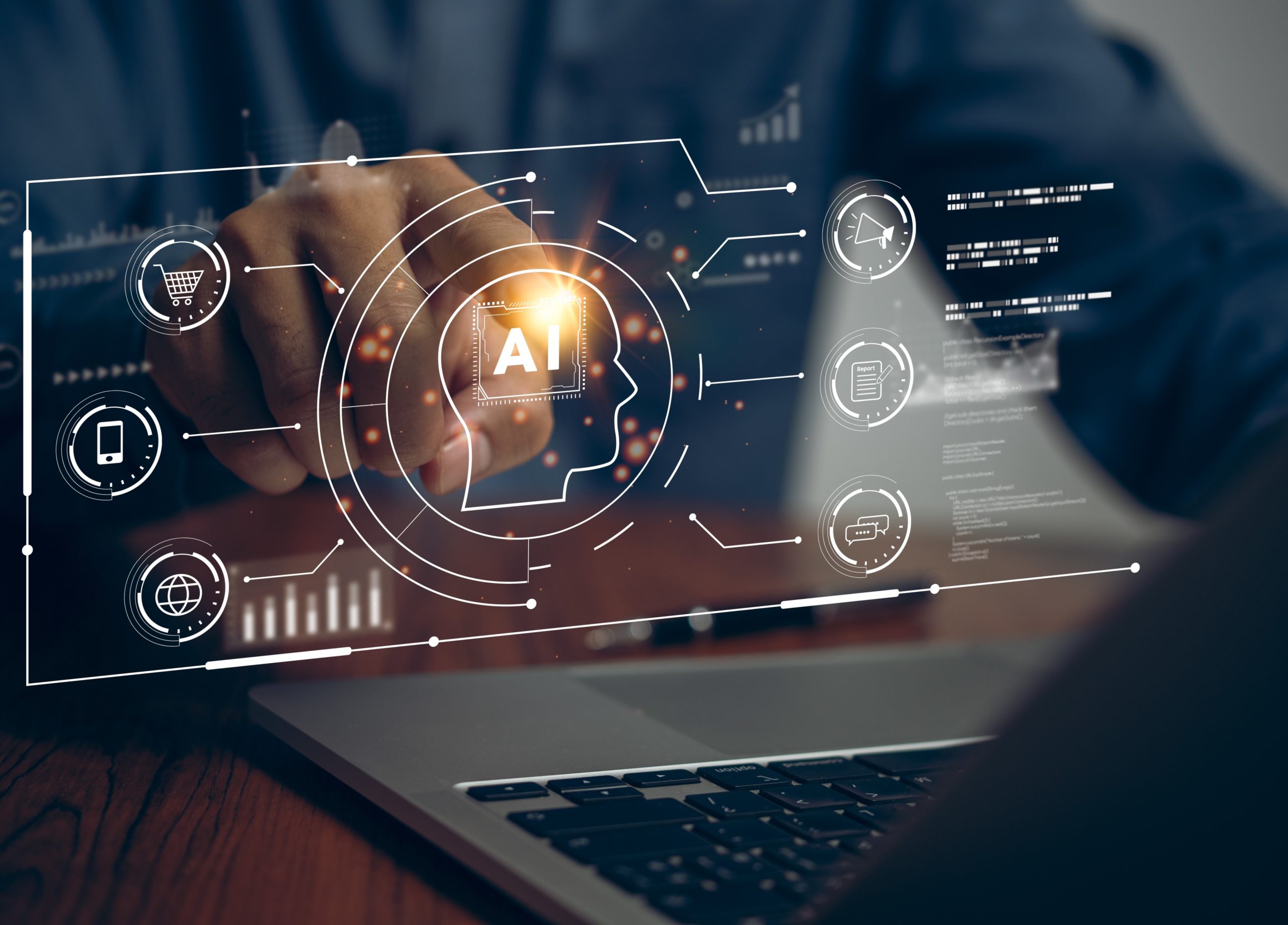VAT fraud is nothing new for businesses or the tax authorities, but the digital age has given it a new aspect.
Online shopping increasing exponentially and e-commerce continuing as usual around the world, the reality is that it has become routine for fraudsters to use increasingly clever strategies to defraud the system. The impact is significant: in 2020, EU members lost an estimated €99 billion in VAT income, much of which ended up in the hands of fraudsters.
The digital transformation of VAT
The EU’s “VAT in the Digital Age” (ViDA) reforms are revolution in VAT administration. From 2025, digital reporting requirements and mandatory e-invoicing for cross-border transactions will be in place. This digital-first policy not only simplifies compliance, but also generates a stream of data ideal for AI-driven analysis. Tax authorities will receive transaction information in real time, enabling them to respond to fraud immediately.
Predictive AI: the new crime fighter
Predictive AI and machine learning are now being used by tax authorities in Europe and beyond to spot suspicious patterns in large datasets. This can mean detecting a carousel fraud attempt instantly, or spotting an abuse of a VAT number in multiple countries.
Poland’s STIR system, for instance, can look at real-time day-to-day banking information to identify likely fraud, and HMRC AI systems are paying increasingly more attention to VAT, employing sophisticated analytics to spot likely evasion.
Why AI Is a Game Changer
Continuous Learning
Speed and size: AI can process and analyze millions of transactions in seconds and identify discrepancies or anomalies that are indicative of fraud.
Fact: Machine learning programs continuously enhance their competence as they learn from each new case of VAT fraud. With each case, the program enhances its detection mechanism so that tax authorities are able to quickly spot new VAT fraud mechanisms.
Successful and Targeted Investigations
Through predictive analytics, tax administrators are able to identify high-risk groups. It reduces invasive screening of compliant companies while making questions more efficient and effective on a broad basis.
The essential role of human touch
While AI comes with impressive abilities to identify out-of-the-ordinary patterns, human judgment cannot be circumvented. Trained professionals must read between the lines of AI-generated conclusions, put things into context, and make level-headed, objective judgments. Technology facilitates things, but not their disappearance, for the valuable role of human judgment in identifying VAT fraud. Now that so much of the hard work has been taken care of by AI, auditors can deal with worst-case scenarios and respond quicker than ever before.

